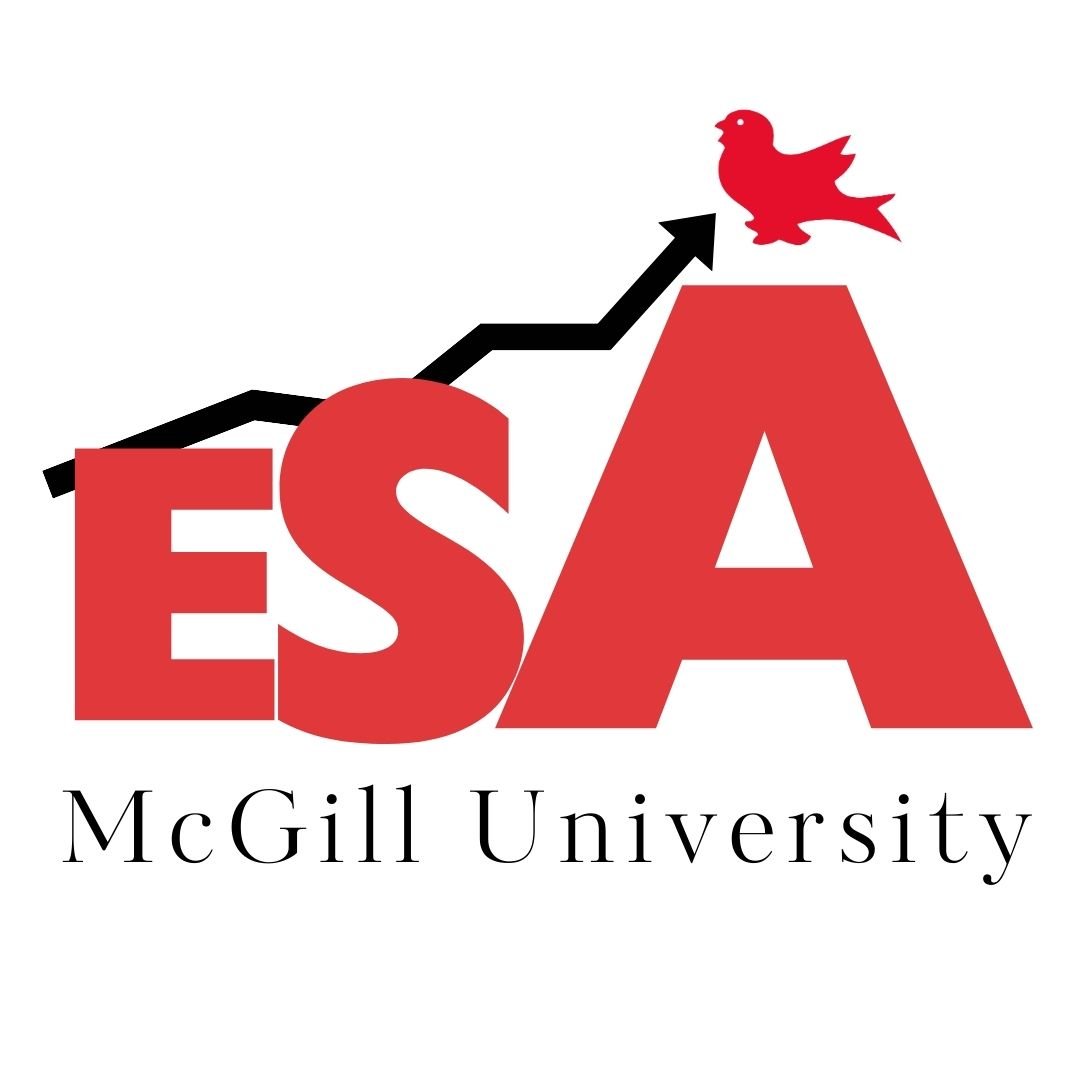The Continuing (Ir)relevance of Henry George
At one point in time, the world over rang with the words of “single tax.” Many attribute Henry George’s 1879 work, Progress and Poverty, with ushering in the progressive era. Many, from committed socialists like George Bernard Shaw to Neo-Keynesian economists including Joseph Stiglitz, have lauded George’s insight into political economy. Yet, as many of the dragons which George tilted against have once again raised their ugly heads – staggering inequality, urban poverty, demagoguery – his prescriptions have fallen from the public consciousness.
In many ways, our time seems to increasingly resemble that of the Gilded Age. Saez and Zucman (2020) and others have raised the alarm over the consolidation of wealth in the hands of the few at the expense of the many. Musk, Bezos, and Gates have become synonymous with Rockefeller, Ford, and Carnegie as wealth inequality accelerates, in part thanks to the COVID-19 pandemic. Incredible total factor productivity increases made via technology and trade integration have inexplicably resulted not in higher wages or employment for labor, but increased returns to capital.
As the cost of living in urban areas rises, the dream of a stable lifestyle becomes less and less realistic for history’s most educated generation. Prices of housing outpaced the consumer price index by ten percent. It’s even worse in certain urban markets like Toronto, Vancouver, New York City, and San Francisco. Toronto’s housing prices have nearly doubled since 2000, while the number of homeless people in San Francisco increased by 17% over two years. Rising rent prices, which force people out of high cost of living areas and into longer carbon-intensive commutes from suburbs, is incredibly detrimental; if developed countries are serious about meeting their climate goals under the Paris Agreement, urbanization coupled with low carbon public transit is the most efficient way forward.
Meanwhile, the collective political suicides of the United States and the United Kingdom have left the liberal world order in shock and reeling. The iconoclasm of Donald Trump which initially drew disbelief and head-scratching has revealed itself to be a deep political malaise present at the roots of U.S. democracy. The cynical buffoonery of “get-brexit-done” ex-London mayor Boris Johnson has proven potent at finally extracting the U.K. from the European Union. Canadian exceptionalism has left it blessedly untouched from the excesses of the populist wave sweeping the anglosphere. Yet, the economic overreliance of Alberta and Sasketchawan on oil extraction has planted the seeds of political collapse should the Trudeau government pursue its climate goals too forcefully. It would be a mistake for political leaders to continue to ignore the inequalities (less so in Canada) that globalization has produced.
So what can Georgism offer to the current political discourse of intemperate speeches, bombast, and capital skepticism? Resoundingly: tax the unimproved value of land!
If policymakers want to make cities affordable, while running progressive taxation schemes and still encouraging investment, they ought to consider taxing the unimproved value of land. A Land Value Tax (LVT) is very similar to a standard property tax, where the price of a building is calculated by an estimation of the value of the land it sits on, as well as the value of the improvement which sits atop the land. However, with a pure LVT only the land itself is taxed. This means that investment is not discouraged through taxation, while speculation (buying land and then waiting for its value to increase before selling it) is punished. This scheme functions because the supply of land is fixed, which means that it is perfectly inelastic and the incidence of the tax will fall entirely on the seller (discouraging speculation as taxation will eat into profit). Under existing property tax schemes, the developer will pass off taxation in the form of higher rents among tenants. If, however, only the land is taxed, those rents ought to be lower for each renter as they will be distributed, thus encouraging denser development. This is largely a simplified explanation, but the literature supports it.
Schwab and Harris (1998), Plummer (2010), Choi and Sjoquist (2015), and others have demonstrated that not only does an LVT increase urban density, it also increases capital-to-land ratio, and ought to drive down housing costs. Rather than levying tax schemes against foreign capital to discourage speculation like in British Columbia and Toronto, simply tax the unimproved value of land.
Obviously, few today would call for abolishing the whole of developed economies’ tax systems in favor of a pure LVT (although according to Arnott and Stiglitz’ (1979) Henry George Theorem it may be possible). This may have made sense in the late 1800s, when government deficits were in the millions instead of the trillions, but a progressive income tax, pigouvian taxes and other redistributive programs are vital to ensuring equity for citizens. However, municipalities which continue their local property tax regimes are needlessly distorting their housing markets, without gaining overall tax revenue. In the case of Toronto, property tax rates are actually lower for single-family homes (whose owners represent a powerful voting bloc) than multi-family apartments. Not only is this effectively a subsidy for more greenhouse intensive lifestyles, it also discourages density, and does little to dissuade speculation. Toronto’s attempt to prevent foreign real estate investment seems to have had little effect, and done even less to discourage domestic speculation, all while failing to boost housing supply. The answer in all cases remains simple: encourage investment in housing supply through a LVT.
Perhaps with the growing “Yes in my Backyard” movement, and the pressing affordability crisis facing certain Canadian and American cities, localities will finally have political incentive to face the landed local gentry. Equally, the COVID-19 pandemic might so thoroughly depress demand for urban housing that it will finally become affordable again (for example, the vacancy rate in Montreal shot up from 1% to 6% between May and December 2020). Or maybe the United States’ first Georgist President might do something to finally implement a national LVT.
